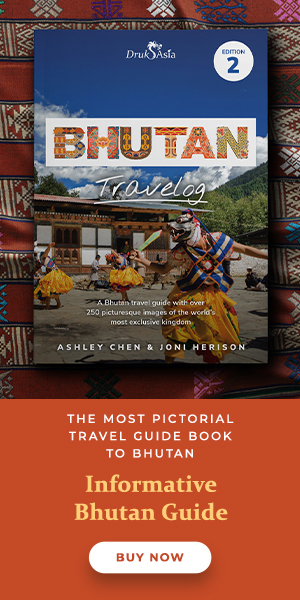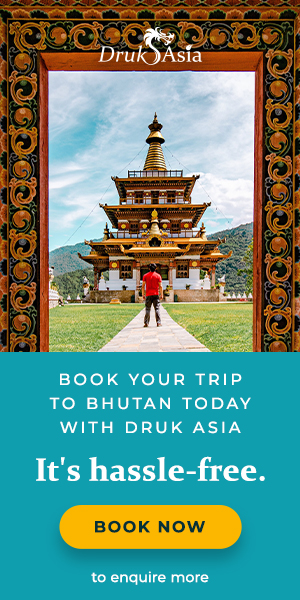If you love vibrant colours, you’d love the textiles of Bhutan
From the dyeing to the weaving, the Bhutanese have nailed the process.
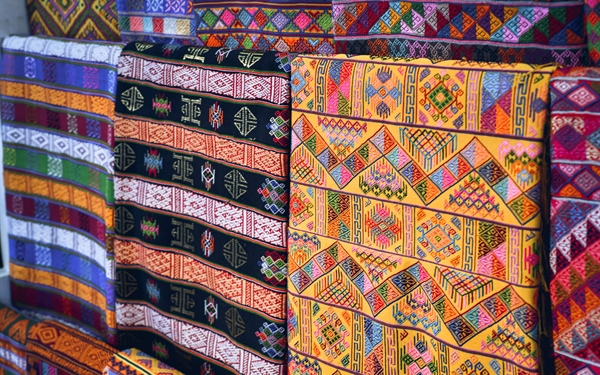
Bhutan is fiercely protective of their arts and crafts, of which there are 13. Each of these holds a special meaning in Bhutanese culture. But of these 13 arts and crafts, one is especially recognised for its vibrant colours, intrinsic patterns, and exquisite techniques. Enter: weaving (Thagzo).
Weaving is among the oldest of the 13 crafts in Bhutan. Pair this beloved tradition with another of the 13 traditional Bhutanese arts and crafts, embroidery (tshemzo), and you get the famed Bhutanese textiles.
Bhutanese textiles come in distinct styles, with the motifs unique to different districts. Nettle, yak hair, and sheep wool are weaved into rain-proof sheets. Meanwhile, raw silk, eri silk, and cotton are saved for celebratory occasions.
Bhutanese textiles are central to Bhutanese heritage, starting from the making of the traditional dresses of gho and kira. But the usage of Bhutanese textiles transcends wardrobe needs. The Bhutanese also use the textiles for bedding material, furniture covers, rugs, and many others.
The geometric symbols on Bhutanese textiles have religious significance, not to mention different degrees of complexity. An artist might take anything from a few days to a year to complete a piece. Different types of geometric symbols include:
- Yurug (swastikas)
- Phub (triangular pattern)
- Dramee (eternal knot)
- Dorji (thunderbolt)
Each symbol has a unique meaning. For instance, the phub is believed to promote longevity.
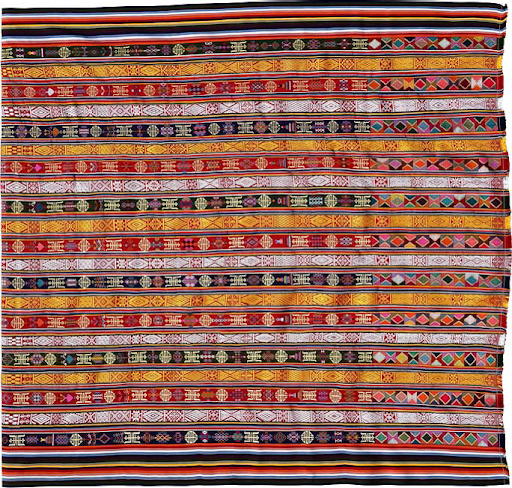
The dyeing process
Colour is everything when it comes to the textiles of Bhutan. The yarn is dyed using local plants, roots, and vegetables, including indigo, lac, wild madder, and other wild plants in household gardens.
The country has rich flora and fauna, so achieving a large platelet of colours is no problem at all. But the Bhutanese guard their dyeing formulas closely. Few outsiders know how they get their yarn to glow like they do — it’s a guarded secret. They are adamant that only the most qualified people should have insight into the process.
The secret is more than heavily protected. There are also superstitions surrounding the art. The Bhutanese believe that certain weather conditions, visitors, and even pregnant women who come near the dyeing process might cause the dyes to lose their effectiveness. Thus, yarn-dyeing is often done behind locked doors in the early mornings.
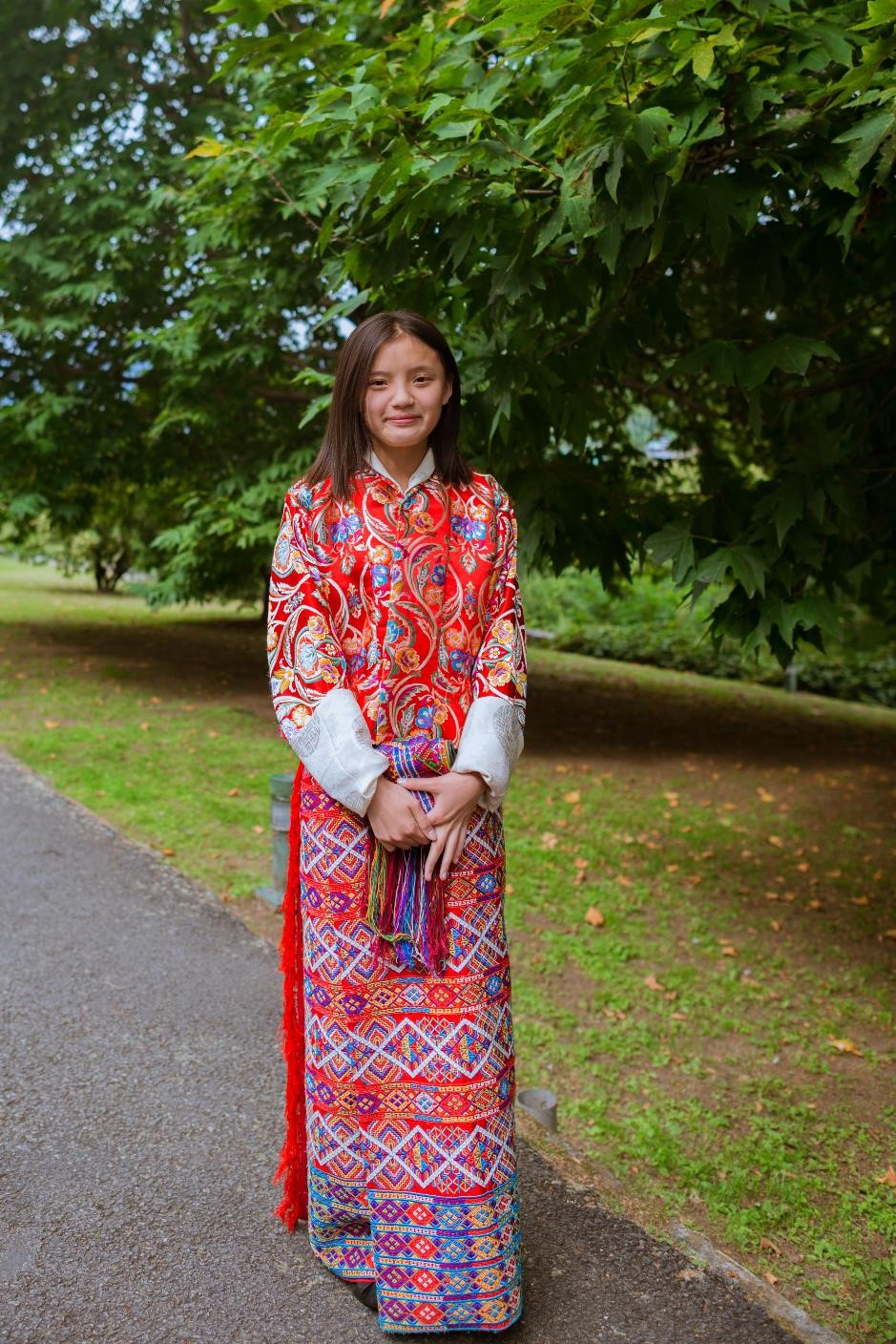
Types of weaves
With the yarn dyed, it is time to weave the textiles. There are three types of weaves, each passed through generations via oral tradition and no written records.
- Plain Weaves — patterns of stripes and plaids.
Martha: Usually has red or maroon as the dominant colour.
Sertha: Usually has yellow or orange as the dominant colour.
Thara: Woven only to be used for horizontal-striped Kira with white as the dominant colour.
Kamtham Jardrima: Stripped weaves that use the colours of the rainbow.
- Warp Pattern Weaves — Yarn that runs lengthwise on the loom is called warp. Warp patterns are differentiated through their colour schemes. The superiority of the textile depends on the number of legs or cross hatches in each supplementary warp-pattern band.
Mentsi Martha: Yellow warp bands and plain red ground are alternated.
Mentsi Martha. The patterned stripes are the warp bands, whereas the solid reds are the ground.
Lungserma: Green and red are alternated over yellow ground.
Dromchuchem: “Dromchuchem” literally translates to “with little boxes”. The pattern and bands are woven in threes.
Mentha: Narrow white warp bands are weaved over a black ground. This particular pattern is only worn by women.
Weft: Yarn is passed back and forth across the loom and interwoven with the wrap.
- Weft Pattern Weaves — This design could be either continuous or discontinuous. The continuous weft patterns are much alike to other textiles throughout South and Southeast Asia. On the other hand, discontinuous weft patterns are indigenous to Bhutan. Coloured yarns are knotted individually to the weft yarns with the goal of creating geometric motifs.
Sapma: A continuous weft pattern design.
Tingma: A discontinuous weft pattern design. Some people think it is impossible to weave the brocade patterning on a common back-strap look, so they mistake the supplementary weft pattern designs for embroidery.
The sapma and tingma weft pattern designs are often used for ngoshom (kira with a dark ground), kushuthara (kira with a white ground), and shilochem (alternate rows of wrap pattern bands, woven for both gho and kira).
Visit the National Textile Museum
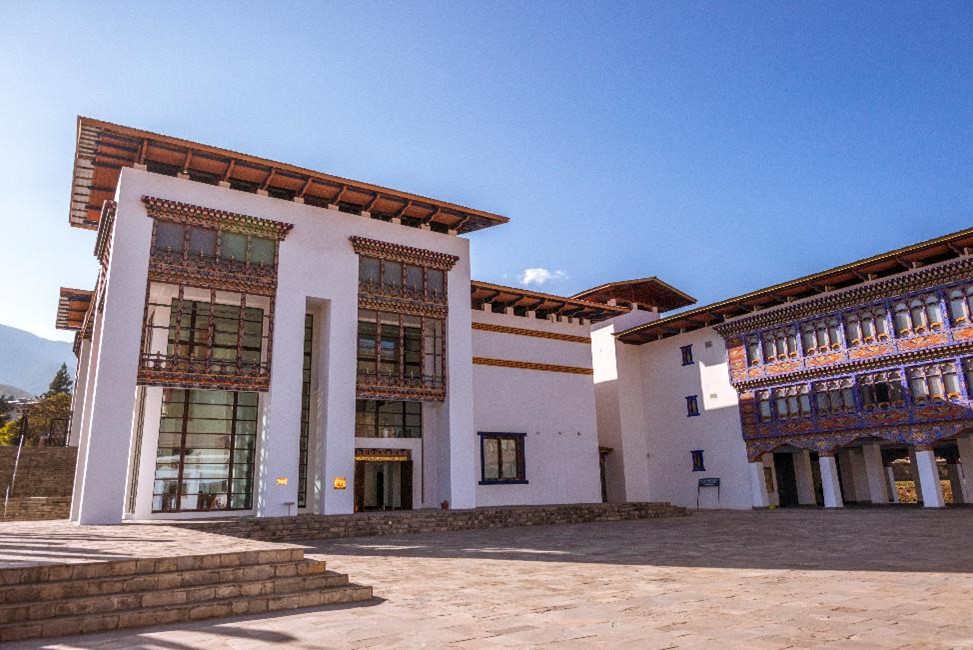
There is no better place to learn about Bhutan’s rich textile heritage than the National Textile Museum. Located in Thimphu as part of the Royal Textile Academy, the museum consists of an impressive display of Bhutanese textiles.
The ground floor has an exhibit of royal ghos, including the wedding clothes of the fourth King and his four wives. The upper floor has a showcase of major weaving techniques, including the styles of the different areas.
It’s worth a visit if you’re in the area. Especially if you love vibrant colours.
Purchasing of Bhutanese textiles
If you'd like to purchase Bhutanese textiles, check out Bhutan Natural online store.
